Coming to Hoa Vinh ward, Dong Ho town, Phu Yen province, I met Ms. Nguyen Thi Nga, one of the first people in the locality to grow cassava in cement bags on a scale of half a sao of land (250 m²). With 1 m2 of planting 04 roots, in an area of 250 m2, she grows about 1,000 roots.
Ms. Nga said that thanks to proper care and technical process, each cassava root will produce 4-5 kg of fresh tubers, yielding an average of 1 kg of cassava starch.
How to grow cassava in cement bags
The selling price of fresh cassava roots is from 10,000-15,000 VND/kg, and when processed into cassava starch, the price is from 200,000 VND/kg. After deducting all costs, she makes a profit of about 40 million VND for 250 m².
In addition, Ms. Nguyen Thi Nga also uses dried cassava residue to store as animal feed.
According to Mr. Nguyen Van Tri, Vice Chairman of the Farmers' Association of Hoa Vinh Ward (Dong Hoa Town, Phu Yen Province), there are currently about 2 hectares of cassava growing in the ward.
Kudzu is an easy-to-grow plant, not picky about soil, especially suitable for sandy soil; low investment cost, little care required, few diseases.
However, because it is a root crop, to have high yield, in addition to care, special attention must be paid to bed building and trellis making.
Regarding his experience in growing cassava, Mr. Tri shared that the cassava planting bed must be large to ensure the cassava tubers develop, the soil must be new, the looser it is, the larger the tubers will be. He piles the soil into raised beds 0.5 - 0.8 m high, each bed is 0.5 m apart.
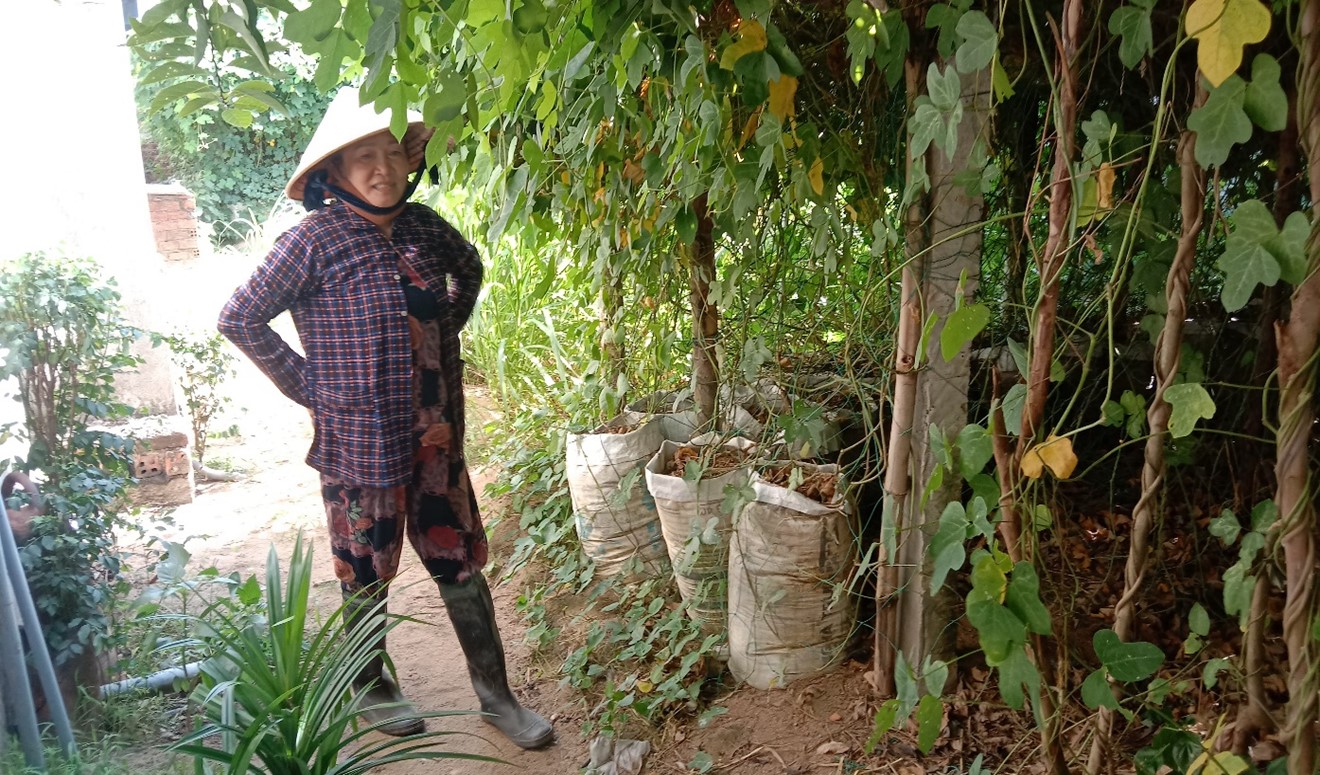
According to Ms. Nga, Hoa Vinh ward, Dong Ho town, Phu Yen province, cassava is an easy-to-grow plant that can be grown in areas along canals and fences. In addition to planting on raised beds or on floating mounds, farmers also use cement bags for planting.
The soil for growing cassava before making beds is mixed with manure. On top of the beds can use concrete pillars or bamboo poles and nylon mesh to make trellis for cassava to climb.
When the plant grows up the trellis and begins to form tubers, stop fertilizing and focus on watering. The trellis must be large enough for the cassava vines to climb, and the vines must be trimmed regularly to avoid the cassava vines on the trellis becoming too thick, leading to poor photosynthesis.
Especially do not let the cassava vines touch the ground, because the cassava vines will take root and create new roots, leading to reduced productivity and low efficiency.
During the growing process, it is necessary to water to keep the tree moist. Near harvest, you can add 1 - 2 kg of potassium per tree, divided into 2 times, each time 10 days apart.
Regarding planting season, it is recommended to start planting from January to February of the lunar calendar so that the plant has the most time to accumulate starch, and can be harvested after 10-12 months of planting.
The best time to harvest cassava tubers is when the plant is about to shed its leaves on the trellis, because this is the time when the plant accumulates the highest starch content and must be harvested before the plant sprouts again because at this time the cassava tubers will not grow any larger and the starch in the tubers will return to nourish the plant.
Regarding cassava varieties, instead of using local cassava varieties, hybrid cassava varieties should be used, Mr. Tri said.
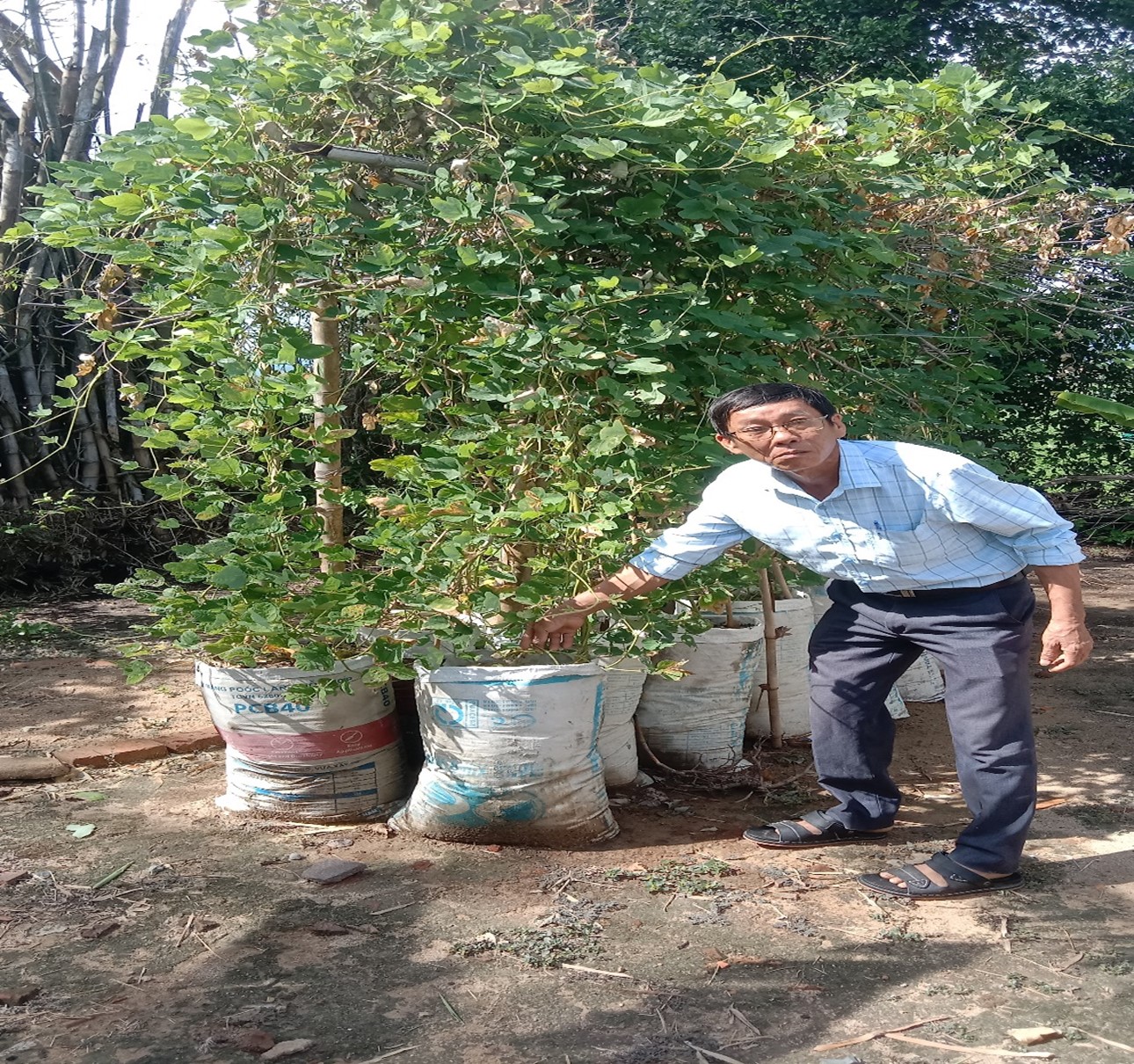
The model of growing cassava in cement bags in Hoa Vinh ward (Dong Hoa town, Phu Yen province) brings high economic efficiency. Growing cassava in cement bags is a strange but interesting model, taking advantage of all vacant land, empty spaces in gardens, hills...
Because cassava is a tuber plant, to have high yield, in addition to care, growers must pay attention to the stages of building mounds and trellises.
The cassava mound must be large enough to ensure normal growth conditions for the plants. The trellis must be wide enough for the plants to climb, avoiding the cassava vines on the trellis being too thick, leading to poor photosynthesis and low productivity.
A crop season lasts 10-12 months, usually starting to be planted in the second lunar month of the previous year so that the plant has time to accumulate starch and is harvested around the second lunar month of the following year.
After harvesting, cassava tubers can be sold fresh or processed into cassava starch.
To make starch, the cassava tubers are washed, drained, and then put into a blender after being taken from the garden. After being pureed, the cassava tubers are filtered through a thin cloth with water to remove the residue.
Through many filtrations like that, the worker gets the refined tapioca starch water with a milky white color. After changing the water continuously for many days, the tapioca starch will settle at the bottom, pour off the water on the surface to collect the wet tapioca starch.
This raw material, after being dried in the sun or in a dryer, will produce finished tapioca starch (4-5 kg of tubers yield 1 kg of starch).
People can contact Ms. Nguyen Thi Nga, a farmer in Hoa Vinh ward, Dong Hoa town, Phu Yen province via phone number: 0387 029 873 to discuss and learn about the model of growing cassava in cement bags.
Kudzu - a good medicine for health, has the effect of curing fever and causing sweating.
Kudzu is a climbing perennial plant with the scientific name Pueraria thomsoni Benth. The stem is hairy and can reach a length of up to 10m. The roots of the plant develop into large cylindrical tubers about 15cm long and about 6-8cm in diameter.
When the cassava root is washed, the outer skin is removed, cut into pieces or slices, then dried or dried, it is called Cát căn in Oriental medicine (cát is cassava, căn is root). The cassava root skin is brown. The root is firm, contains a lot of starch and has a light fragrance. The cassava leaves are compound, growing alternately. The cassava flowers are light blue, grow in clusters and have a very fragrant smell. The cassava fruit is hairy and light yellow.
According to Oriental medicine, kudzu is sweet, cool, has the effect of relaxing muscles and reducing heat, is often used to effectively cool down in hot weather, treat diseases such as fever due to external factors, neck pain, headache, measles, dysentery...
According to the book “Medicinal plants and herbs of Vietnam” by Professor, Doctor Do Tat Loi, kudzu (cat can) has a sweet, spicy taste, and neutral properties. Cat can is a medicine that cures fever, induces sweating, cures fever, thirst, headache, and bloody dysentery.
Nutrition of tapioca starch
The nutrients that can be provided in 1/4 cup of about 35g of tapioca starch are: 130 calories, 31g of starch, 2g of fiber, 2% potassium, 1.5% calcium.
Drinking 1 cup of kudzu will absorb about 13% of the iron that the body needs each day to improve anemia.
Kudzu powder is rich in resistant starch, which is very beneficial for intestinal health. Resistant starch acts like a soluble fiber. It is not digested in the small intestine but moves to the large intestine.
In the large intestine, resistant starch stimulates the growth of beneficial bacteria, helping to prevent diseases caused by intestinal microflora disorders, especially inflammatory bowel disease. In addition, resistant starch in kudzu powder also helps protect the intestinal mucosa by producing butyric acid, which helps prevent damage to the intestinal mucosa.
Arrowroot powder is used to make cool drinks, reduce fever or used in making pills because it has the property of making the pills sticky and easy to break apart so the medicine can take effect quickly.
With its rich uses, it is not surprising that more and more people are searching for and using tapioca starch.
But to avoid the situation of "black and white ambiguity", "false advertising", consumers should only buy tapioca starch from reputable sales establishments with clear origin and source to ensure safety and quality.
This article will share experiences in growing high-yield vine of households in Hoa Vinh ward, Dong Hoa town, Phu Yen province.
Source: https://danviet.vn/trong-san-day-trong-bao-xi-mang-o-phu-yen-ca-lang-to-mo-dao-cu-san-day-de-nhu-an-keo-co-tien-20241106190955935.htm






![[Photo] 60th Anniversary of the Founding of the Vietnam Association of Photographic Artists](/_next/image?url=https%3A%2F%2Fvphoto.vietnam.vn%2Fthumb%2F1200x675%2Fvietnam%2Fresource%2FIMAGE%2F2025%2F12%2F05%2F1764935864512_a1-bnd-0841-9740-jpg.webp&w=3840&q=75)
![[Photo] National Assembly Chairman Tran Thanh Man attends the VinFuture 2025 Award Ceremony](/_next/image?url=https%3A%2F%2Fvphoto.vietnam.vn%2Fthumb%2F1200x675%2Fvietnam%2Fresource%2FIMAGE%2F2025%2F12%2F05%2F1764951162416_2628509768338816493-6995-jpg.webp&w=3840&q=75)




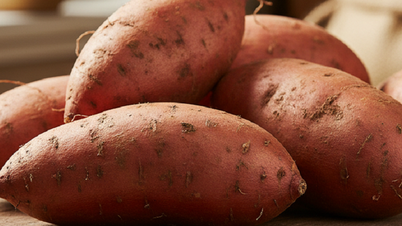

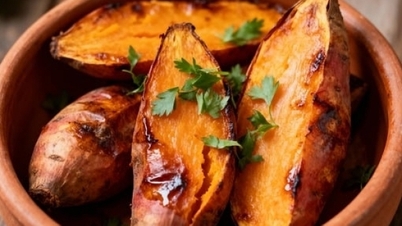

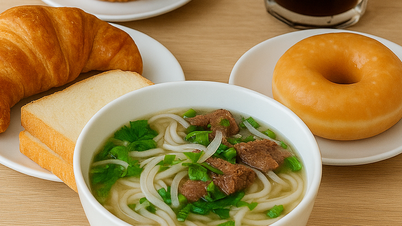






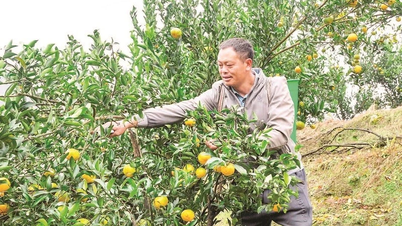

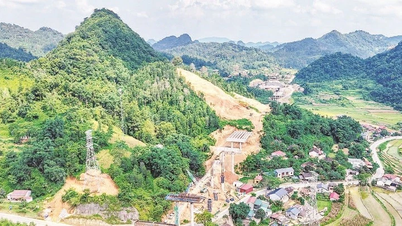








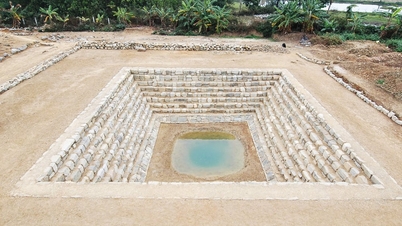



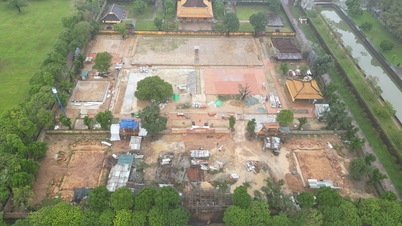





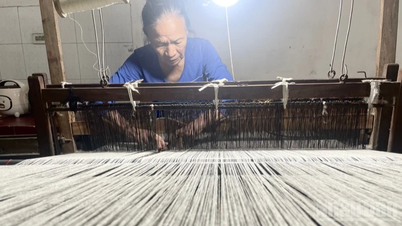






















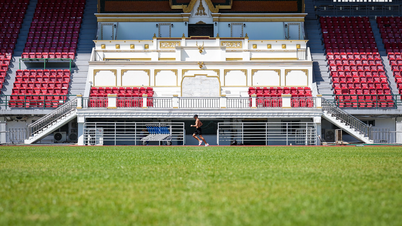


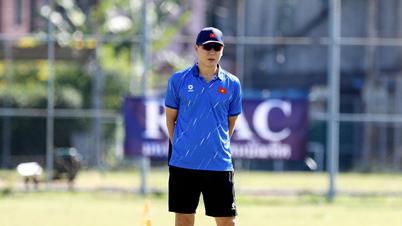
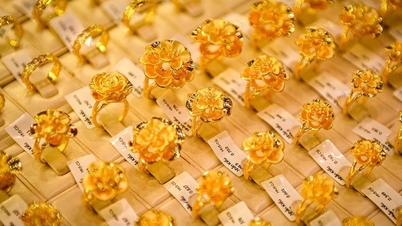









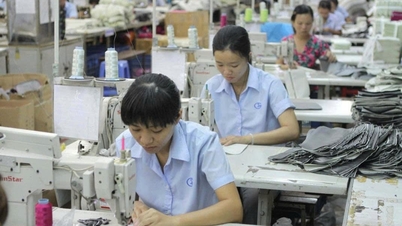





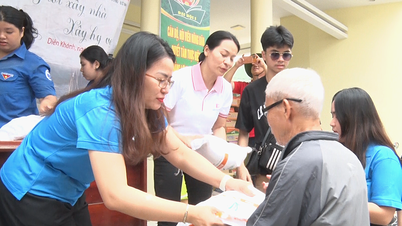




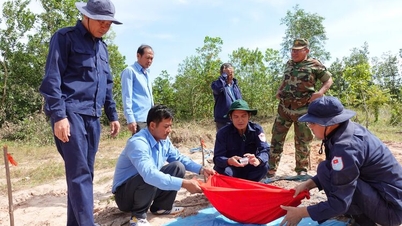


















Comment (0)